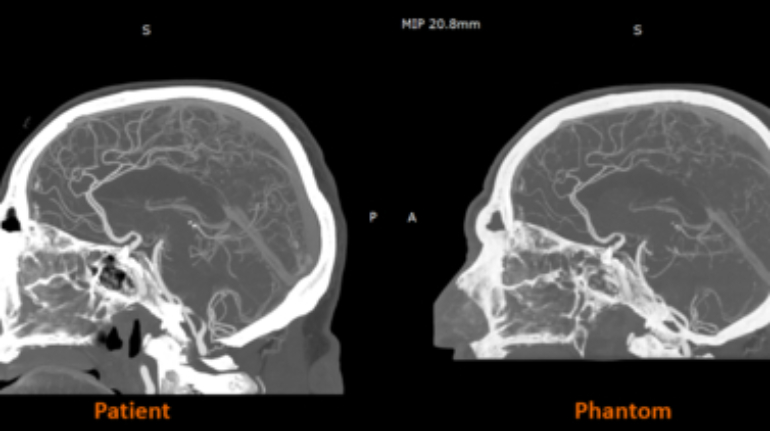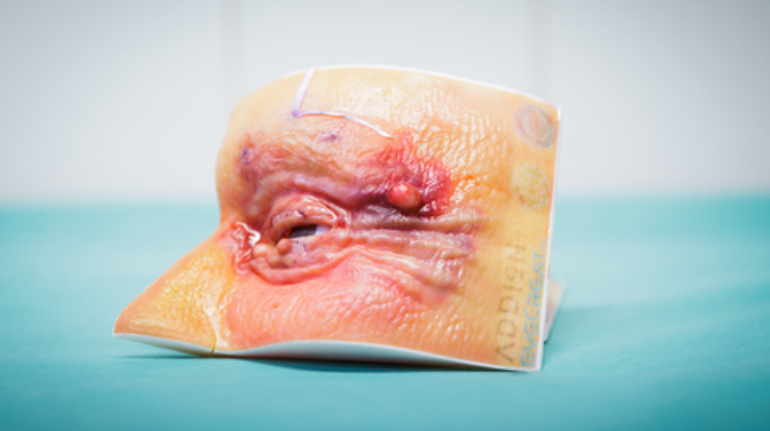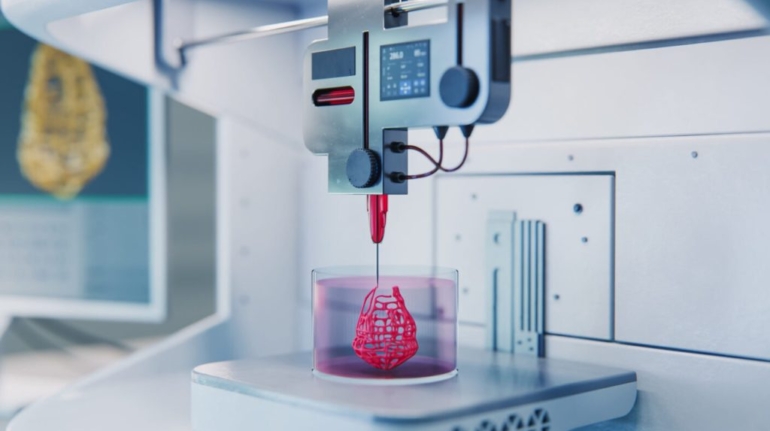RadioMatrix: Stratasys Expands Access to Patient-Specific Radiopaque 3D Printing for Medical Imaging
3D printer OEM Stratasys has announced that its RadioMatrix radiopaque 3D printing material is now fully commercially available in the United States. Previously deployed in limited settings, the material can now be widely used by healthcare providers, medical device manufacturers, and research institutions for advanced medical imaging, education, and training purposes.




